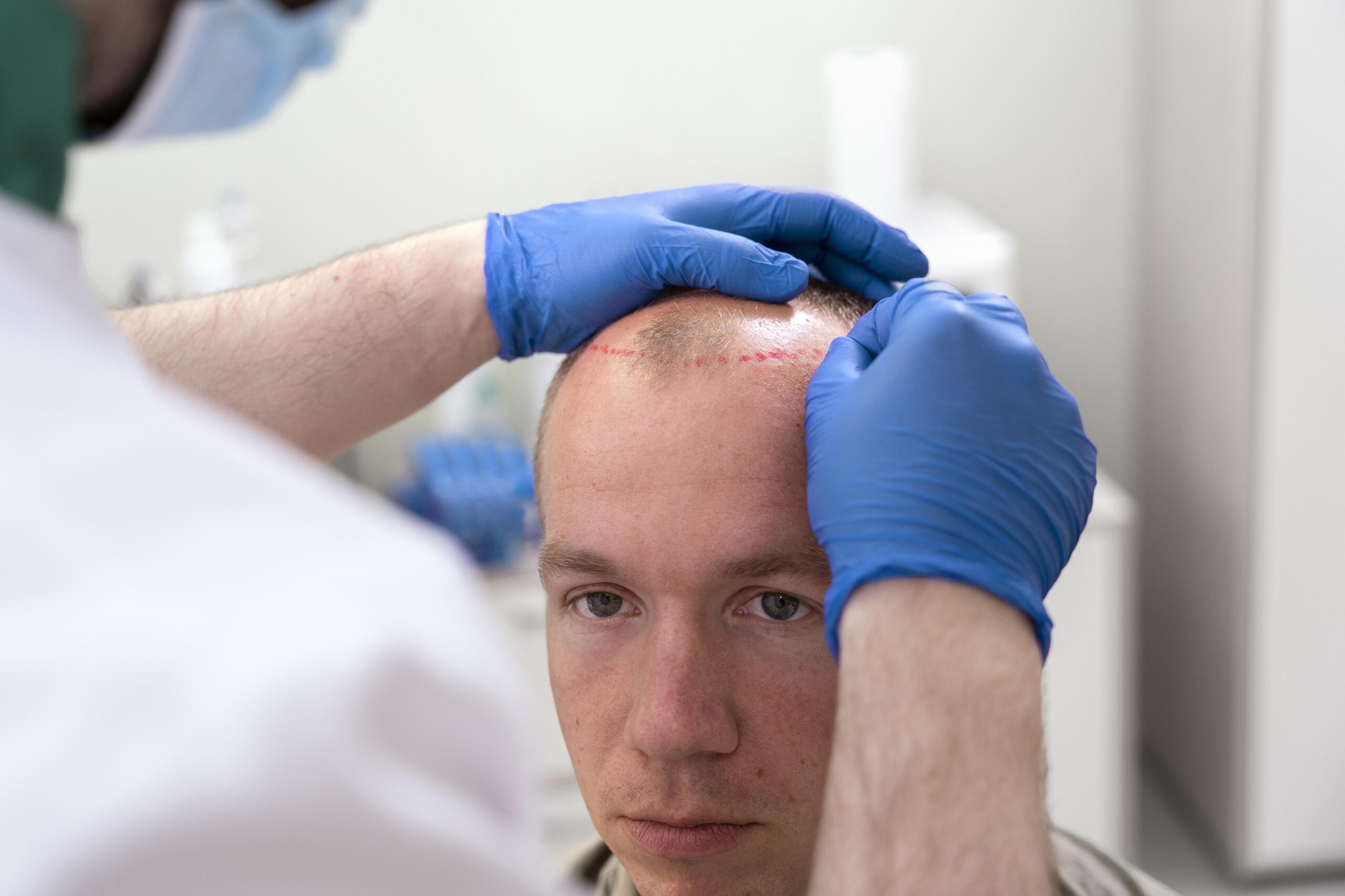- +90 (530) 382 36 10
- Tatlısu, Haliç Sk. Building No:31, Floor:9 Apartment No:35, 34774 Ümraniye/Istanbul
- Monday - Saturday 09.00 - 17.00
Hair Transplant
Contact
- +90 (530) 382 36 10
- info@esteseven.com
- Tatlısu, Haliç Sk. Building No:31, Floor:9 Apartment No:35, 34774 Ümraniye/Istanbul
- Monday - Saturday 09.00 - 17.00
Our Services
Blog
1. Consulting and Planning
The hair transplant process begins with a consultation session to understand the patient's needs and expectations. At this stage, the doctor assesses the degree of hair loss, examines the patient's health history and determines whether the patient is suitable. The area to be transplanted and the donor area are determined. In addition, important details such as the density and direction of the hair follicles to be transplanted are emphasized.
2. Selection of Hair Transplant Techniques
Two main techniques are generally used for hair transplantation: Follicular Unit Extraction (FUE) and Follicular Unit Transplantation (FUT). In the FUE technique, hair follicles are extracted one by one and transferred to the area to be transplanted. In FUT, a strip of tissue is removed from the scalp, then divided into follicles under a microscope and transplanted. Both techniques offer different advantages and the most appropriate one is chosen according to the patient's condition.
3. Preoperative Preparation
Before the hair transplant operation, the patient's hair may be shortened and the operation area is cleaned with antiseptic solutions. The patient is given local anesthesia so that he/she does not feel pain or discomfort during the procedure.
4. Follicle Extraction and Preparation
In the FUE technique, hair follicles are removed one by one using a special tool. In the FUT technique, the extracted tissue strip is examined under a microscope and the hair follicles are carefully separated. The extracted follicles are stored in a special solution to be transferred to the transplantation area.
5. Transplantation of Hair Follicles
The hair follicles are carefully placed in the area to be transplanted. It is important that the follicles are transplanted in accordance with the direction of natural hair growth. This stage requires great care to achieve an aesthetic and natural-looking result.
6. Recovery and Care
After a hair transplant, there may be mild swelling and discomfort in the transplanted area. The doctor may prescribe necessary medications, including antibiotics and painkillers, to speed up the healing process and reduce the risk of infection. After hair transplantation, it usually takes a few months for the hair to fully grow. Patients should be patient for the full results to appear.
7. Evaluation of Results
After hair transplantation, the results are usually evaluated between 6 months and one year. During this time, the transplanted hair adapts to the natural hair cycle and starts to grow. Patients should consult their doctors regularly during this period.
Hair transplantation can offer effective and lasting results when performed correctly and on suitable candidates. However, it is important to be informed about the potential risks and complications and to carefully choose the clinic and doctor who will perform the procedure.



